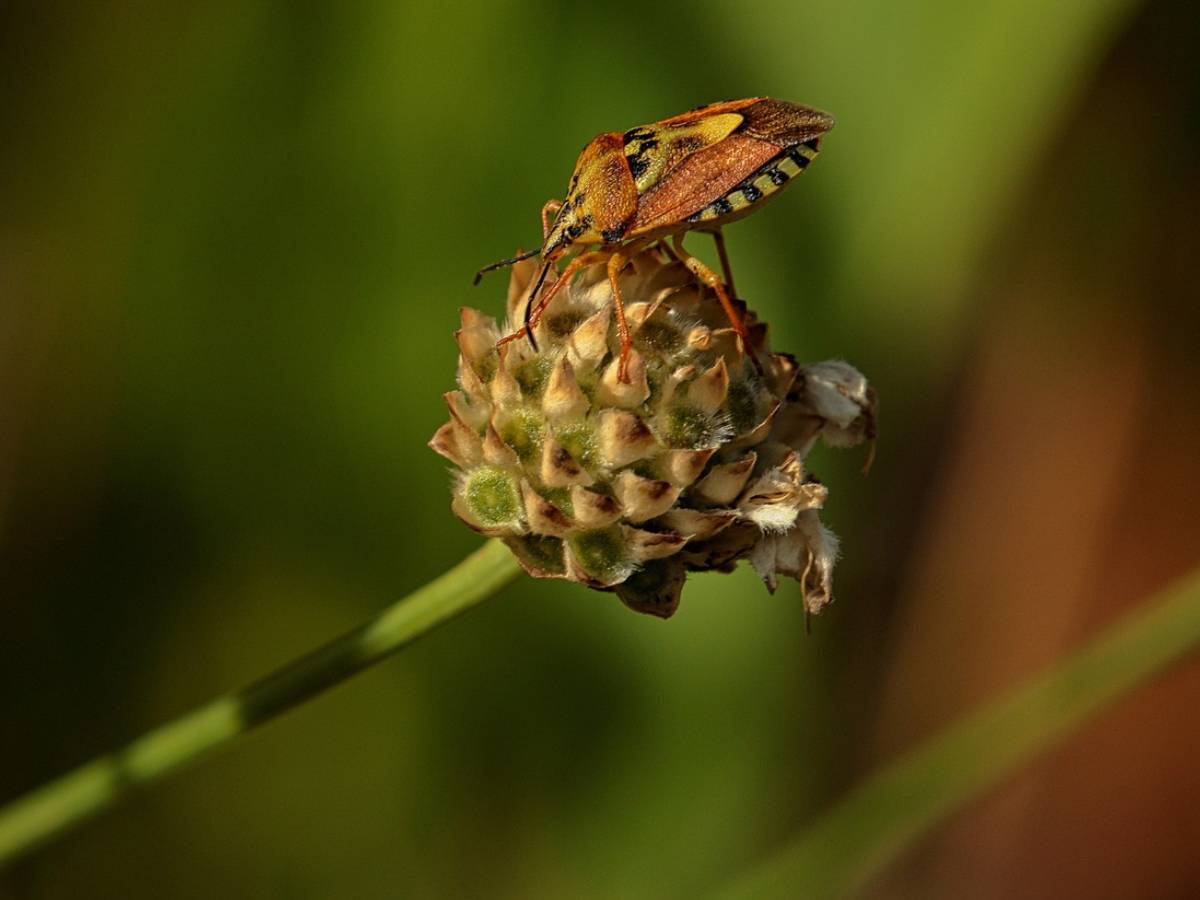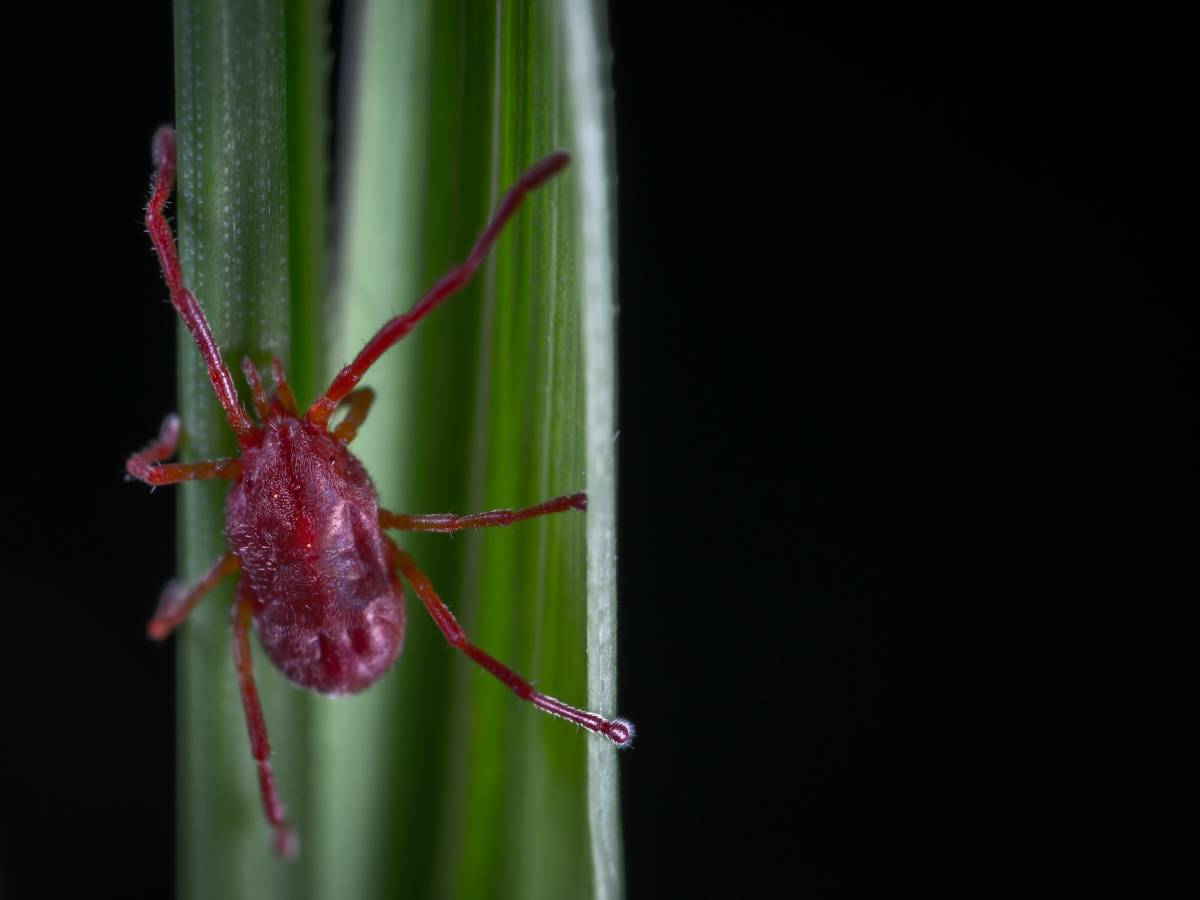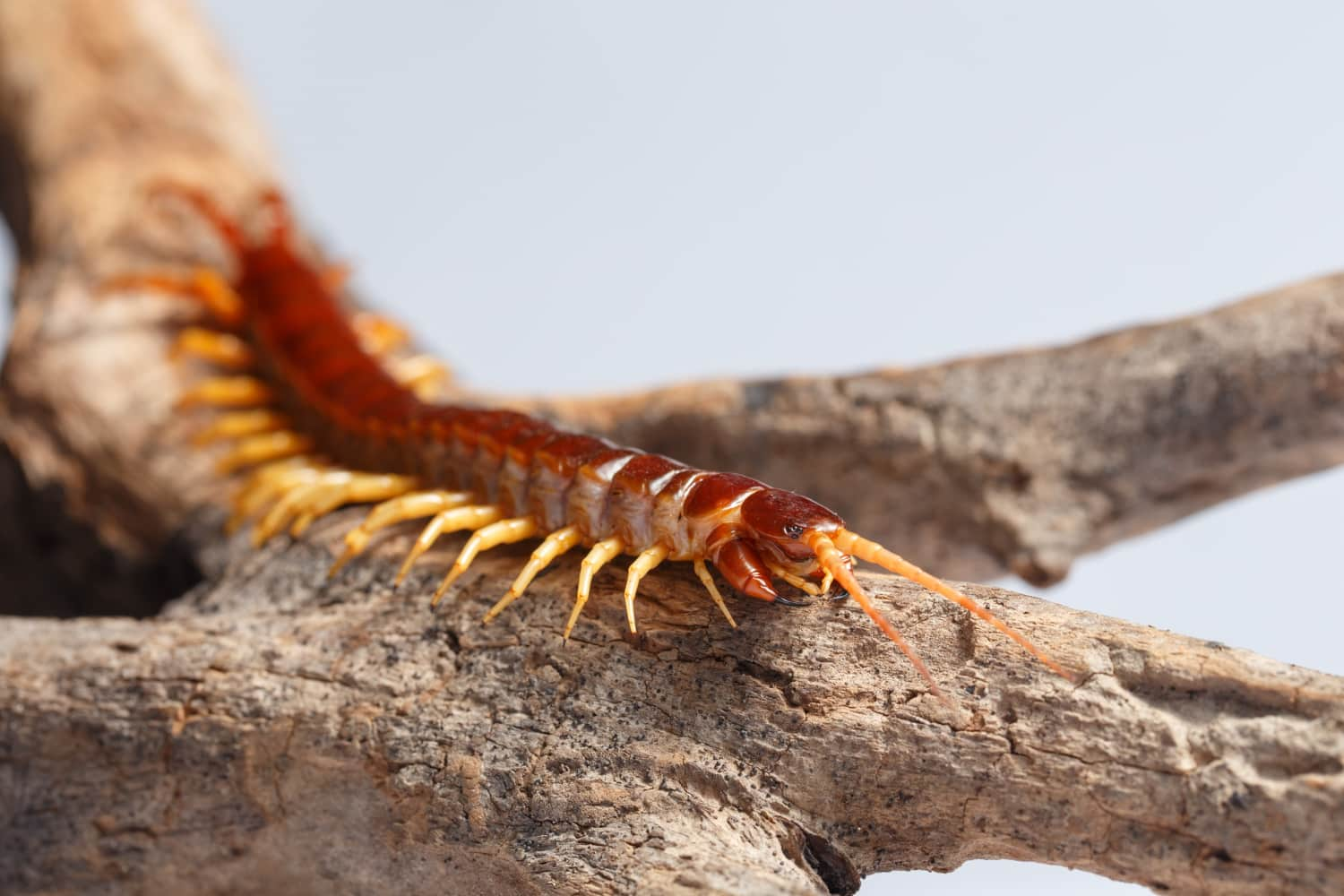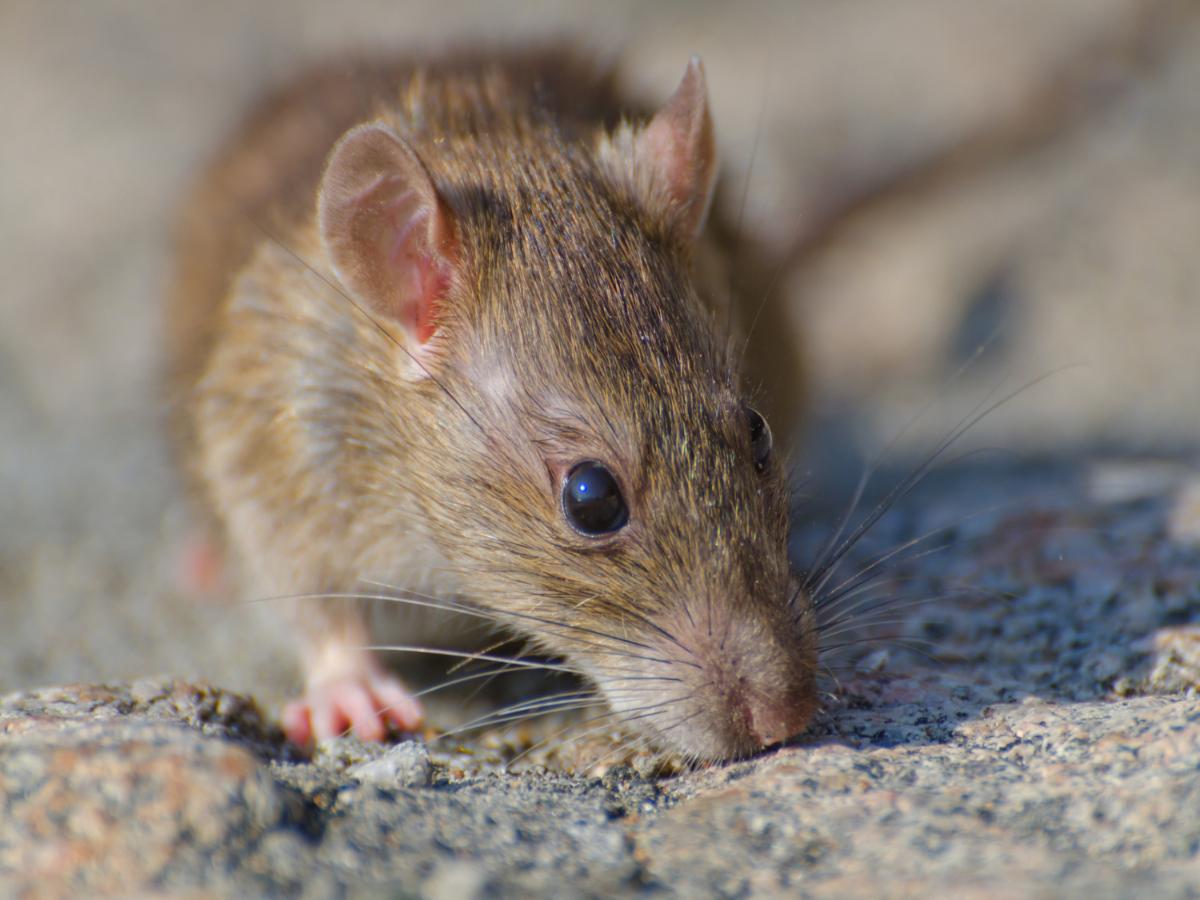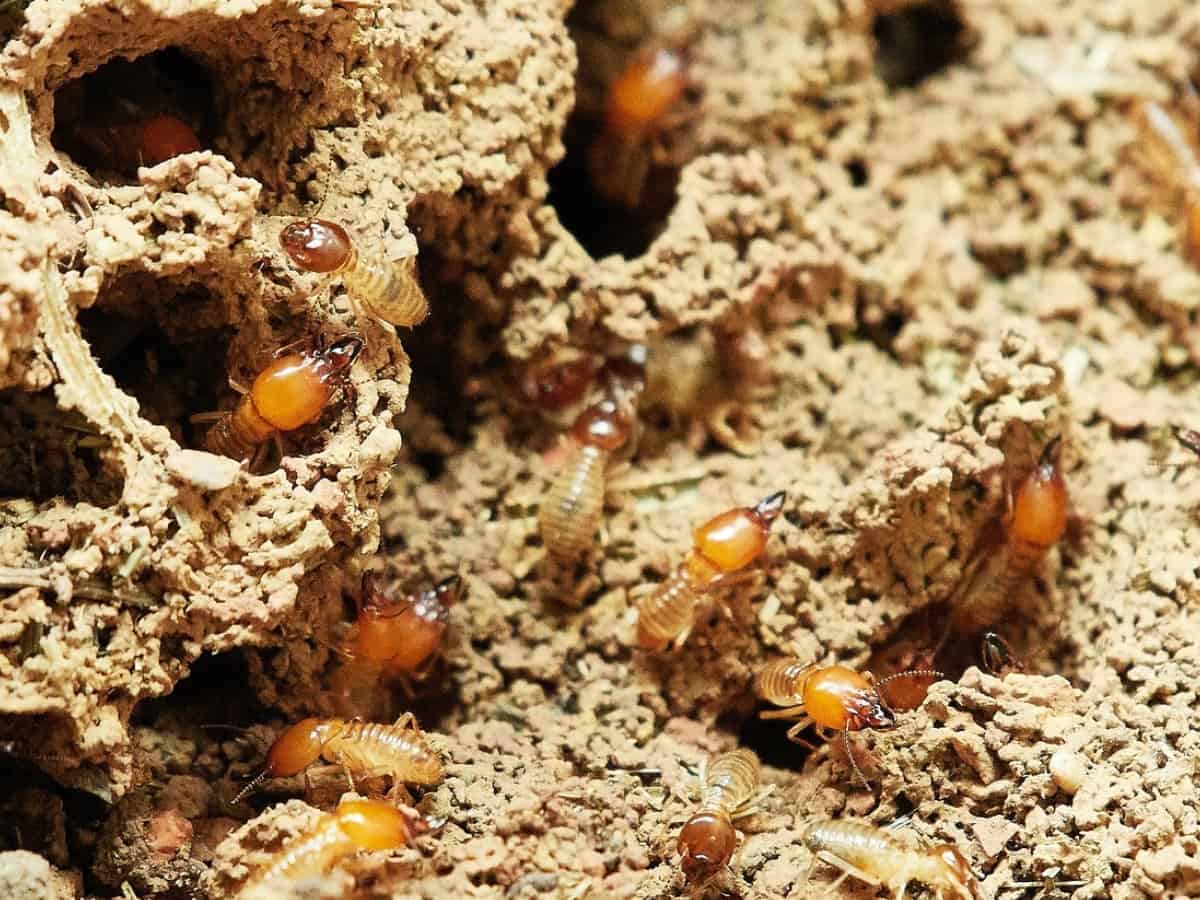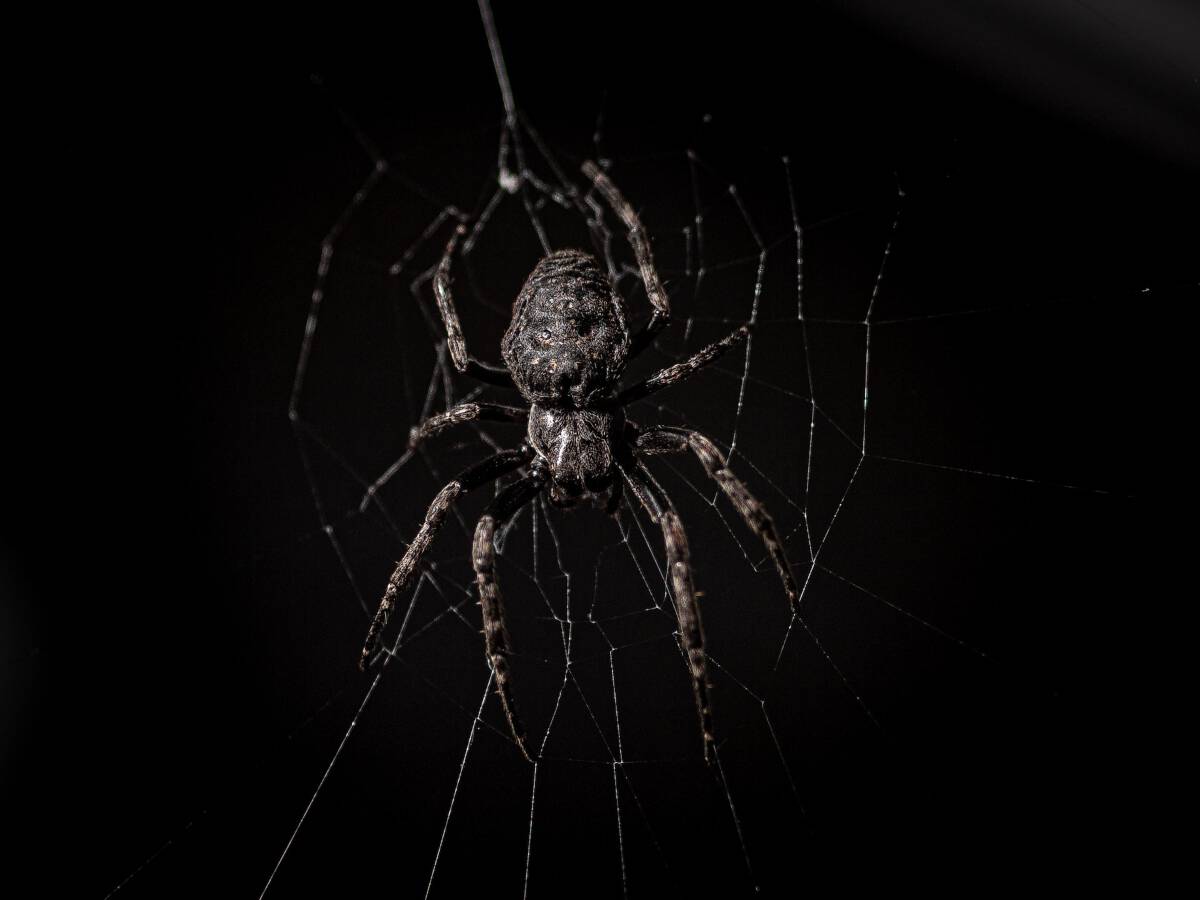Bed bugs are a nuisance that can ruin your house and make life uncomfortable on a daily basis. They typically reside in and around mattresses, as their name suggests, and feed on the blood of people who sleep on them at night.
If you believe you have a bed bug problem, there are a few do-it-yourself solutions you can try like sprays. But in many situations, such as when the infestation is severe and when you or your family members have bites or welts from bed bugs, it’s time to hire a professional exterminator.
In this article, we’ll go over how exactly an exterminator can help you get rid of bed bugs in your home. But you should first understand what bed bugs are and the specific reasons why they pose a threat.
Why Are Bed Bugs Dangerous and What Do They Look Like?
Bed bugs are small, oval-shaped parasitic insects that feed on human and animal blood. There are two types of bed bugs: nymphs (immature) and adults:
The adult bed bug is 3/8 of an inch long, brownish red in color, and has a flat back. They will become more swollen and brownish orange after consuming a blood meal.
Nymph bed bugs, unlike adult bed bugs, have translucent bodies and are microscopic in size, rendering them invisible to the naked eye.
Infestations of bed bugs typically happen in or close to sleeping areas. These locations include dorm rooms, buses, trains, hotels, cruise ships, apartments, shelters, and rooming houses. During the day, they can be found hiding in cracks and crevices, behind wallpaper, inside mattresses, box springs, bed frames, headboards, dresser tables, and any other clutter or object near a bed.
There’s no evidence that bed bugs transmit diseases. However, they can be quite irritating because they cause itching and disrupt sleep.
Everybody is affected by bed bugs in a different way. A bite reaction may manifest as a minor bite mark, a severe allergic reaction, or no outward signs at all. Although multiple bed bug bites may cause an allergic reaction that requires medical attention, bed bugs are not thought to be dangerous.
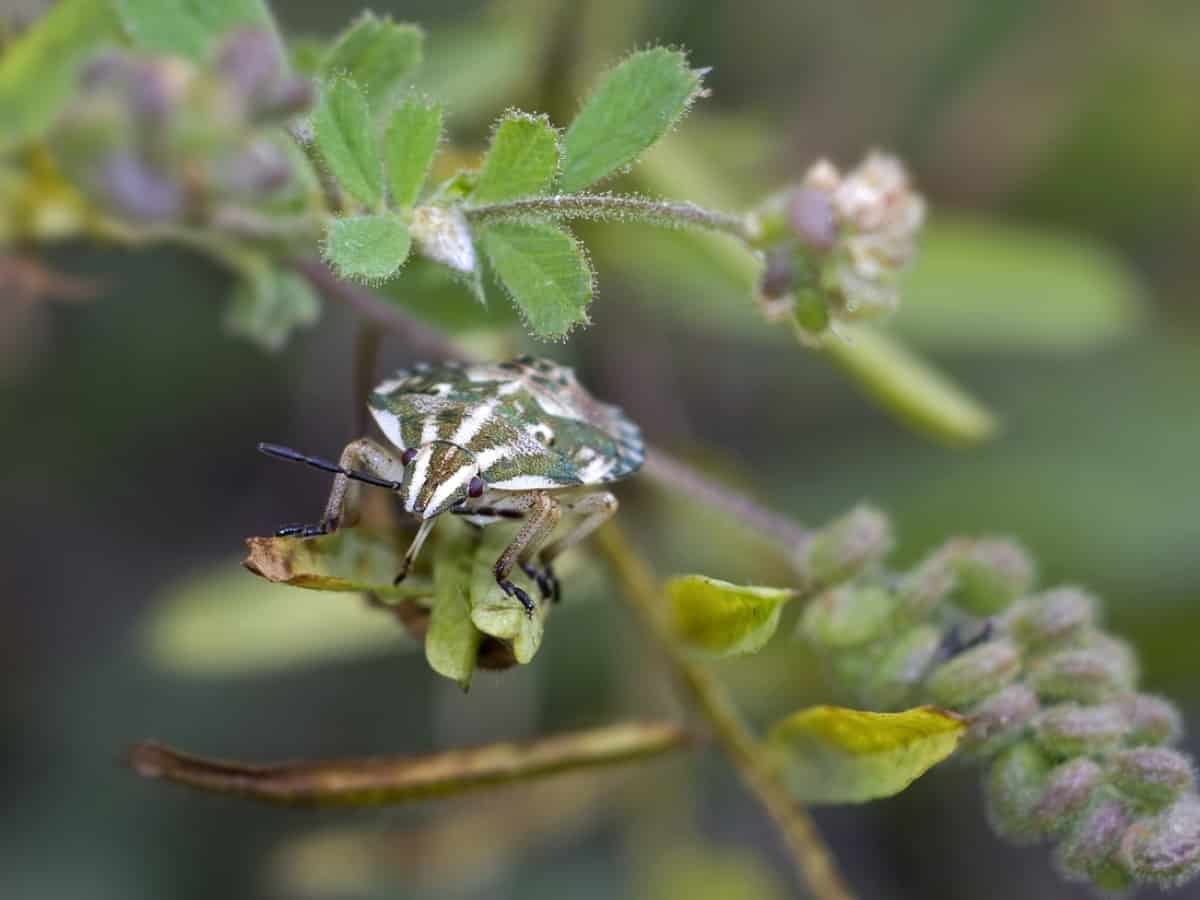
How to Identify Bed Bug Infestations?
Exterminators can detect bed bug infestations in a number of ways. Bed bug bites during the night can cause red, itchy patches on your skin as well as welts, which are obvious indicators of bed bugs. These specific bites are all they need to see to determine whether you have a bed bug infestation, but they still need to perform a visual inspection.
Their favorite hiding spots, which include the seams and cracks in mattresses, the box springs and headboards of infested rooms, and even other pieces of furniture like couch cushions, are probably where they will be searching for these pests during their inspection.
Read Related Post: What Are the Common Methods of Pest Control?
Other signs of a bed bug infestation include their fecal stains and the smell they might produce: This smell is produced by the pheromones that these pests use to communicate, and it requires a significant population of them to do so.
How Does Pest Control Get Rid of Bed Bugs? (Fully Explained)
Common Ways to Get Rid of Bed Bugs
Exterminators and pest control companies use a variety of treatment methods to eliminate bed bugs from your home or property. However, there is a difference between pest control specialists and exterminators; while both offer similar results, their approaches to getting rid of pests from your property are very different.
Because exterminators treat every nook and cranny of the house with so many pesticides, you and your family are unable to stay in the house during this time. Most exterminators use chemicals and insecticides that can be caustic and dangerous for kids or animals. Furthermore, there is no legal requirement for exterminators to conduct a follow-up after the initial treatment.
However, even after they have completed their treatment, pest control companies will likely come back to your home if you observe a rise in pest activity. Pest control companies generally prefer integrated pest management, which blends environmentally friendly pesticides with sustainable pest control techniques, over harsh chemicals.
Down below you can find some methods to deal with a bed bug infestation:
Chemical Treatment
The most common method of pest control is chemical treatment; to get rid of bed bugs, experts use pesticides like pyrethrins, which are derived from chrysanthemums. This type of insecticide adheres to the philosophy of integrated pest management.
These are usually safe for kids and pets, but you can’t just walk back inside as soon as the pest control specialists finish using the pesticides; your house needs time to air out and become livable again.
Probably the best course of action is chemical treatment if you want to ensure that your treatment plan is the most effective against re-infestation. It has the longest-lasting anti-bed bug effects, but using it will usually require multiple applications, which will cause more disruptions to your daily routine.
Heat Treatment
Applying heat treatment is one method used to eradicate bed bugs.
Professional exterminators will cover the furniture and/or areas where bed bugs have taken up residence with portable heat chambers to get your home ready for heat treatment. These are large, insulated zip-up boxes that completely enclose the furniture or affected area so that heated air can be pumped in and localized around it by the exterminator.
This equipment can raise the temperature in the room to a level that kills bedbugs, between 135 and 145°F (57.22 and 62.78°C).
The heat treatment method is most effective when you and your family can leave the premises for a few hours or even the entire day. It’s also a great option if you’d rather not pump toxic chemicals into your home.
Cold Treatment
Exterminators had to come up with a fresh strategy once the entire scope of chemical resistance was established. The use of cold treatment was one of those options.
The exterminator aims to snap-freeze and instantly kill all bed bugs and bed bug eggs on a treated surface by using a device that disperses frozen carbon dioxide.
Cold treatment avoids the entire chemical resistance issue and gives bed bugs little chance to develop biological resistance because it concentrates on drastic environmental changes. This non-toxic solution strengthens the case for cold over chemicals even further.
Nevertheless, bed bugs are extremely resistant to the cold by nature, even though they may not be able to develop resistance to chemicals as they have over the years. Cold simply isn’t the best way to get rid of bed bugs. Bed bugs can survive even at nearly minus fifteen degrees Fahrenheit.
Also, a bed bug’s resistance to exposure to deadly cold also increases with its degree of burrowing. That is why, to be certain that the population has been completely eradicated, you will also need to maintain temperatures at or below that level for several days.
Ultimately, although cold treatment helps with dealing with bed bugs a little bit, it still does not have the same efficiency as the other options.
Fumigation
One method frequently used to eradicate bed bug infestations is fumigation.
The process of fumigation is very similar to that of heat treatment. Mattresses and other furniture that have become infected are surrounded by tents and plastic bags. The equipment is pretty much the same and the infected areas are systematically targeted to kill the bed bugs.
The distinction is that heat treatment doesn’t use pesticides—rather, it employs heat. Fumigation, on the other hand, targets bed bugs and permanently eradicates them by using insecticides and pesticides.
If you stay away during the treatment and maybe overnight, fumigation poses no risk to anyone, even if you have small children or pets. Although very expensive, this process is very effective. Fumigation is one of the most effective ways to get rid of pests, especially if your infestation is severe.
Mattress Encasements
The effectiveness of a bed bug-proof mattress encasement is determined by how it is made.
The covering completely encases the mattress and extends to the top, bottom, and all sides. The mattress is kept inside the encasement by a strong zipper closure that is usually complemented by a dependable locking system.
Because of this, bedbugs are essentially prevented from entering or leaving a potential habitat for feeding and reproduction. Mattress encasements serve as a barrier between bed bugs and the resources they require to survive—oxygen, food, and water.
These products can be installed by experts, or you can buy them and install them yourself.
It might be best to hire an exterminator or pest control expert to handle the task because this treatment method depends on you making sure that the mattress encasement is completely free of gaps and tears.
Crack and Crevice Treatment
In this method, pest control professionals use foaming pesticides to spray into small spaces where the bed bugs like to gather and build their nests. These spaces include electrical outlets, cracks in your wall next to the bed, and breaks in your bed frame.
Other in-home pesticides and deterrents, like diatomaceous earth, can also be sprayed or applied in these areas.
Because crack and crevice injections concentrate the pesticides in small, out-of-the-way areas rather than throughout the entire home, it’s a good option if you live with someone who has a sensitive immune system, such as an elderly person or child.
If the bed bug infestation is very localized, you should use this treatment in conjunction with one of the other treatments on this list. This is especially important if the previous chemical treatment you used failed to eradicate the bed bug eggs, and the bugs have since hatched.
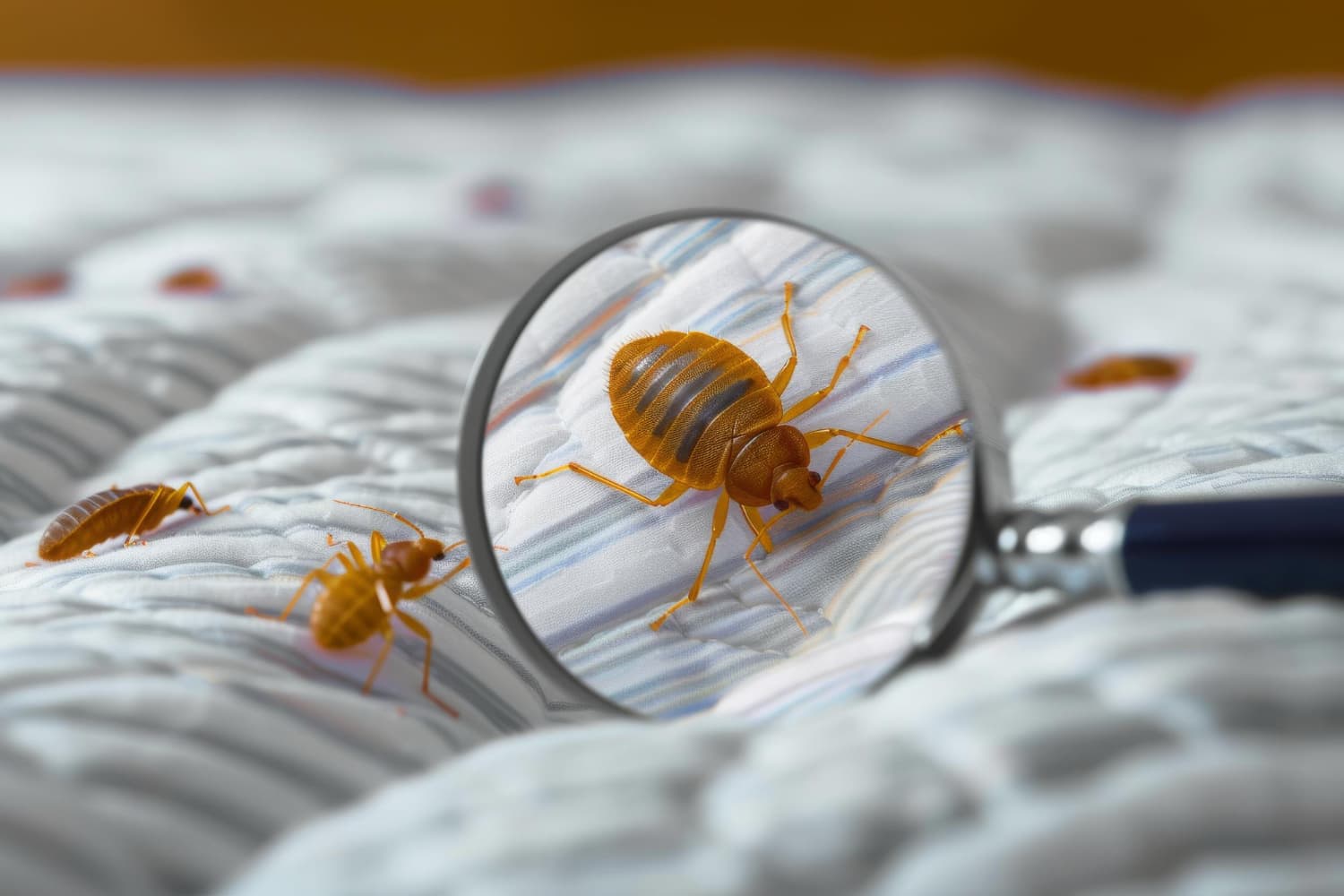
How Effective Is Pest Control for Bed Bugs?
Although eliminating bed bugs is a well-known challenge, it is possible to do so. Many people try to solve the problem on their own, but these pests have become resistant to many insecticides and other traditional eradication methods.
Expert pest management usually takes a multifaceted approach, mixing chemical treatments with techniques like heat and steam, which can successfully address various stages of the life cycle of a bed bug.
The growing resistance of bed bugs to some insecticides, however, presents a problem. Because of this resistance, conventional chemical treatments are less effective, so pest control experts also modify their approaches and from time to time combine chemical and non-chemical treatments for complete eradication.
Although it is possible to get rid of bed bugs on your own, bear in mind that there is no other pest infestation that hurts as much as a bed bug infestation, and that getting rid of them requires patience and time.
Even though, theoretically, you can get rid of them by using DIY methods, the most basic course of action is to hire professional exterminators because these are tenacious creatures. Since bed bugs are resilient pests that won’t go away easily, many of the methods that are designed to deal with them require chemical treatments that are not available over the counter.
This implies that it’s critical to get expert help as soon as possible when dealing with bed bug infestations.
Risk of Reinfestation
The most serious issue with bed bugs is reinfestation. Bed bugs are resilient. They are very good at avoiding being completely removed from their hosts’ homes.
You can put bedbug interceptors under each bed leg to help identify any surviving bedbugs. Bedbugs will be caught by these gadgets before they can get into your bed.
After treatment, to avoid bed bug infestations:
- Exercise Caution When Purchasing Used Items – Clothes and furniture from thrift stores should always be laundered.
- Travel Safely – Exercise caution when handling your bags. When you get home, wash the contents and keep them off hotel floors.
- Safeguard Your Mattress – Vacuum and cover your mattress with a bed bug-proof cover on a regular basis.
- Reduce Clutter – By keeping your home less cluttered, you can lessen the areas where bed bugs hide.
To fully eradicate bed bugs and stop new infestations, follow-up inspections and monitoring are essential.
If your home becomes infested, bed bugs can be one of the most difficult pests to manage if not handled properly. Their stinging, itchy bites can make life feel like a nightmare. It can be a difficult and stressful process to keep your home from being reinfested. That is why, it is best to contact your local professionals as soon as possible.
Remember that everyone who visits an area that has been infected has a chance of acquiring bed bugs. But there’s a greater chance of getting bitten by bed bugs or spreading an infestation if you travel a lot and share living and sleeping spaces with others. So be especially careful if you are traveling since you would not want to carry these resilient pests back into your home.


